Last Updated on August 5, 2021
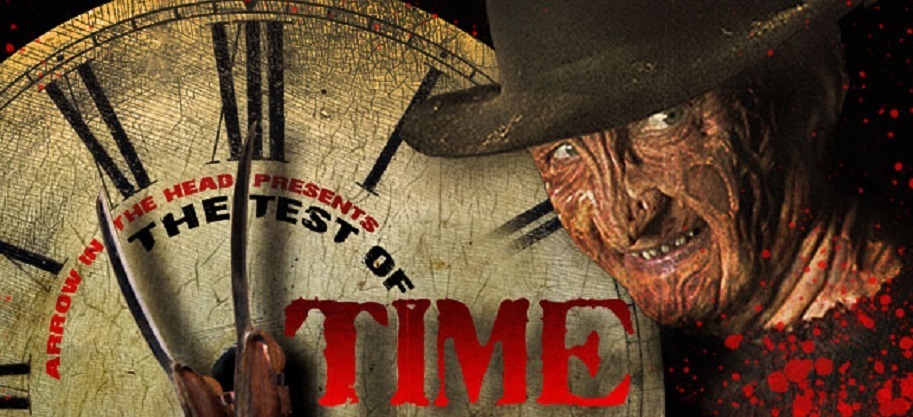
We all have certain movies we love. Movies we respect without question because of either tradition, childhood love, or because they’ve always been classics. However, as time keeps ticking, do those classics still hold up? Do they remain must see? So…the point of this column is to determine how a film holds up for a modern horror audience, to see if it stands the Test of Time.
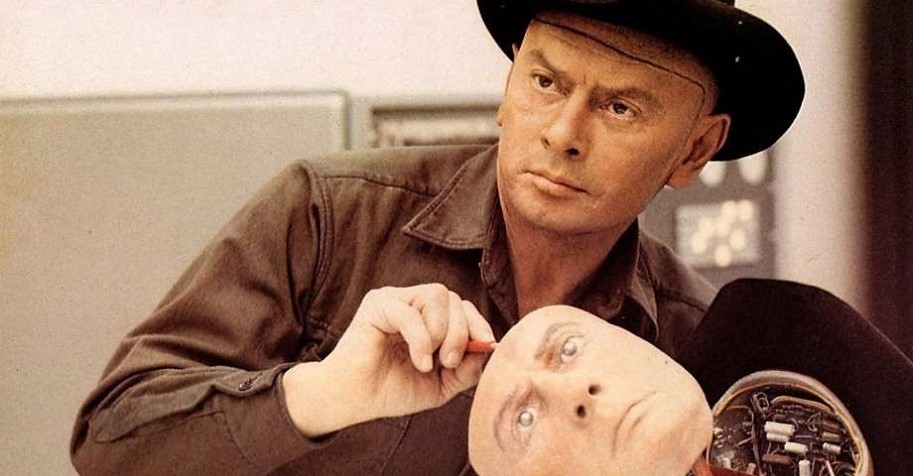
DIRECTED BY MICHAEL CRICHTON
STARRING JAMES BROLIN, YUL BRYNNER, RICHARD BENJAMIN, DICK VAN PATTEN
Alright amigos, shoot us straight, have you any idea what the flying f*ck is going on in Westworld Season 2? I sure as hell don’t, and yet, mainly due to Thandie Newton’s powerhouse tour-de-force, I can’t pry my eyes away from this maddening sumbitch. Who’s with me?
But let’s take a step back for second. Perhaps the more pressing question ought to be, how many of you have actually seen the original WESTWORLD movie, written and directed by Michael Crichton? Again, we’re shootin’ straighter than the good ol’ Gunslinger around here. If you haven’t seen it, say so, we won’t fault you too much, especially considering the movie turns 45 years old this December.
That said, whether you currently follow the adapted HBO series or not, WESTWORLD comes as a unanimously recommended must-see by all of us Arrow in the Headers. That isn’t the question though. The question is whether or not the movie, which both registers as a groundbreaking, FX-driven technological marvel as well as a cautionary tale against the perils of malfunctioning AI – can hold water on both accounts. That is, do the ideas Crichton poses in the film stand as sturdily as the techno-FX allocated to bring those very ideas to life on the screen? We shall see below when examining how WESTWORLD fares against a 45-year Test of Time!
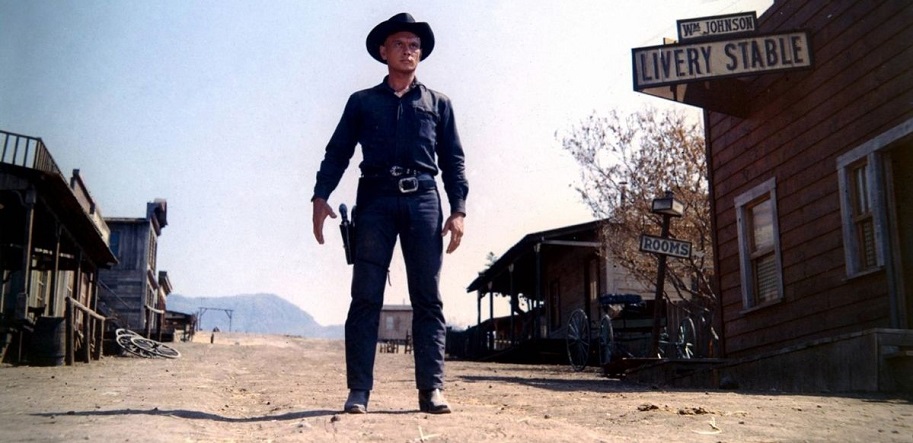
THE STORY: Based on his own real-life vacation to Disneyland, the kernel of WESTWORLD bloomed when Michael Crichton laid eyes on the impressive animatronic characters on the Pirates of the Caribbean ride. Those with bat-ears may have caught Malcolm’s line in JURASSIC PARK – another Crichton story about a disastrously malfunctioning theme park – saying "When the Pirates of the Caribbean breaks down, the pirates don't eat the tourists.” This germinated idea would become the basis for Crichton’s directorial debut WESTWORLD, which takes place in 1983. In a great opening advertisement scene, the stakes are laid out nakedly. Delos is the name of the greatest theme park attraction in the world. Broken into three parks – Western World, Medieval World and Roman World – affluent vacationers shell out $1,000 a day (adjusted for inflation, that equals roughly $2,404 today) to choose which ever decadent and luxurious getaway they wish to partake in.
The action follows two leads, Peter (Richard Benjamin) and John (James Brolin), en route to Western World. John is an old hat at the park, Peter’s a newbie. At first, Peter can’t quite get comfortable with all of the sordid amenities and perverted pleasantries at his disposal. John warns him that nothing can go wrong, that the robotic hosts cannot harm the human guests. The bots have heat-sensors in their guns that disable them from shooting human beings. Of course, when a widespread malfunction infects all three parks, presciently likening itself to one of the earliest references to a computer virus, the whole of Delos goes haywire. All of the hosts go bat-sh*t crazy, turn on the human guests, and soon and all out war for survival is underway. The prime antagonist that proves to be a terrifying thorn in Peter’s side is The Gunslinger (Yul Brynner) – who is identically patterned after his own character Chris from THE MAGNIFICENT SEVEN (an early meta-film-reference) – a silent stalker who relentlessly tracks Peter down at every turn.
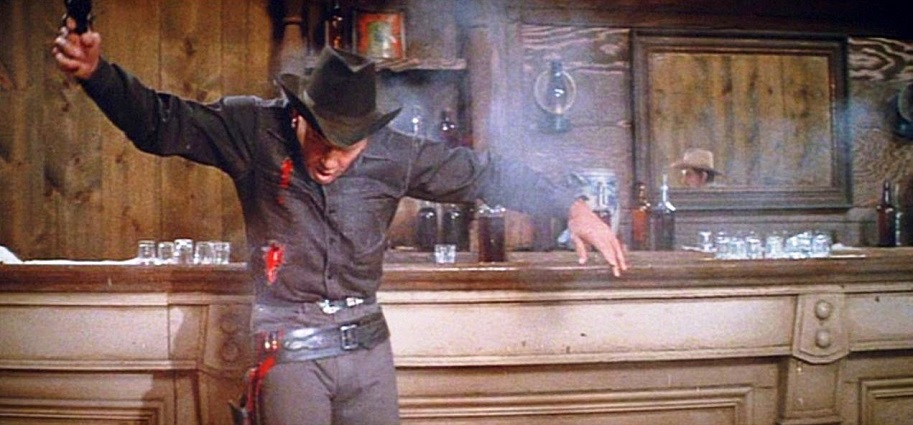
WHAT HOLDS-UP: First and foremost, for a movie made in the early 70s when deliberate pacing ruled the day, the overall entertainment value of WESTWORLD’s brisk 89-minute pacing is beyond reproach. The movie is, was and will always remain eminently watchable. To this end, if we had to narrow what we think the top three reasons why WESTWORLD remains so strong today, we’d give direct credit to following areas: the efficiency, the influence, and the technological FX!
What does the efficiency mean? Well, there isn’t an ounce of fat on the bones of the narrative. No wasted scenes, no extraneous subplots, no bewildering tangents or droning expository jargon, none of that. This is a direct credit to Crichton’s writing ability, and knowing exactly what was needed in his script to properly translate the material to the big-screen. Consider how Crichton re-edited the initial cut of the film after deeming that version too long and boring. Crichton excised scenes that included the bank robbery scene (which is still heard in the background while John and Pete visit the whorehouse), the sales room portion, a hovercraft opening with guests arriving at Delos, additional and elongated dialogue scenes, more scenes of the robots murdering guests (including one where a guest has his arms ripped out), etc. Crichton even nixed the final showdown between Peter and the Gunslinger because it looked too staged and phony. Hell, Crichton even altered the original ending which had the Gunslinger die a different way. And he did this all in the name of economy, efficiency, and editorial efficacy.
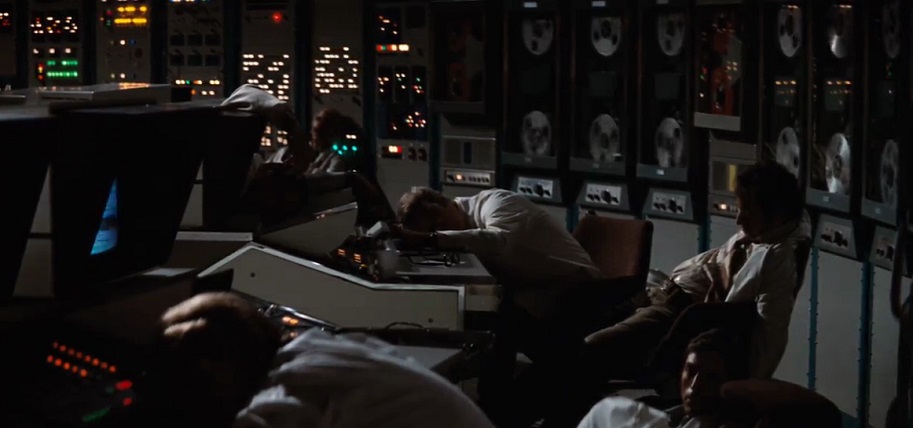
The influence of WESTORLD won’t be undersold here either. Straight up, the great John Carpenter has openly admitted to basing his iconic Michael Meyers in HALLOWEEN on Yul Brynner’s Gunslinger. The indestructible, machine-like nature, the expressionless façade, the slow lumbering chase methods (never once running, but calmly walking behind), all of it was taken from Brynner and given to Meyers. And not just Meyers, Arnie the Schwarz has gone on record crediting Brynner’s turn as the Gunslinger as being a direct influence on the way he played THE TERMINATOR as well. The parallels are obvious. Further connecting, apparently Schwarzenegger was aligned to star in a WESTOWORLD remake before becoming California’s Governator in 2003. What could have been yo!
Additionally, it’s hard not to see the profound technological influence on Schwarzenegger’s PREDATOR. The infrared heat-signature POV of PREDATOR is almost identical to the way it’s depicted in The Gunslinger’s POV in WESTWORLD. In fact, and this dovetails into the third elemental strong suit of the film, WESTWORLD features the very first example of CGI ever in a motion picture. Seriously, stop and chomp on that factoid a bit. Think of how pervasive CGI is now, for better and worse, and remember that it all started with Crichton’s WESTWORLD. Every 10 seconds of pixilated POV footage in this film took eight hours to render. We’ve come an awful long way in 45 years, and yet still, as it relates to the poignant subject matter, some things haven’t changed at all.

A number of FX-driven examples can be found in the film, but we’ll just highlight a few. The scene with the robotic rattlesnake, that ignores its own coded programming and lashes out at John (who was accidentally bitten in real life by the way), only to be sliced apart on an operating table to reveal an elaborately housed set of wires and computer chips, is downright unsettling. It’s like seeing an airplane on water, it feels so unnaturally wrong that you can’t help but be a bit startled.
Another standout example includes the physical repair of The Gunslinger, whose face detaches as a glittering circuit-board one instant, only to reanimate minutes later with guns a blazing. It’s freaky stuff, just as the scene of his acid-melting face is, rendered credibly with the technology of the day, and done so in a way that still holds suit almost 50 years later. Lastly, there is a scene toward the end of the film where John mounts an escape from Western World to Medieval World. He finds a sole survivor, a chambermaid who has been cuffed to a prison cell. Pete cuts her loose, consoles her sobbing demeanor, and just as he offers her a drink of water…bam…she explodes into a fountain of sparks. Even if it’s somewhat predictable, the FX-work in the scene is second to none.
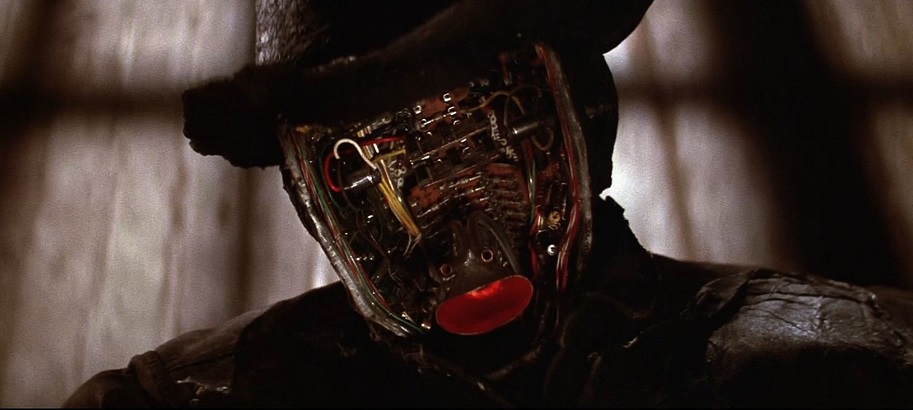
WHAT BLOWS NOW: I know this may sound contradictory, but hear us out. While the technological FX in WESTWORLD is one of its undoubted strengths, its depiction of computer technology itself in the film is grossly outdated. This a minor gripe, but in the current age of microcomputers and infinitesimal gadgets, the giant, clunky magnetic tape reels and oversized computer monitors simply don’t jibe with how we interact with technology today. The robotic VFX are top notch, but the depiction of everyday tech in the control rooms is glaringly passé by today’s standards. Of course, this has no bearing on the substance of the story, or how prescient the problem of rebellious AI was articulated in 1973, or even the overall enjoyment level of watching the movie today. It’s just a visual anachronism, that’s all.
THE VERDICT: It’s easy to see why Jonathan Nolan and Lisa Joy opted to adapt WESTWORLD to the small-screen. Michael Crichton left such a richly detailed blueprint, on the page and on the screen, for them to explore and expound upon. The pure premise of fatal robotic uprising is not only one a brilliant one for entertainment purposes, the increased existential threat of that very thing becoming a reality is something we all have to grapple with moving forward. Somehow, Crichton knew then what we’re only figuring out now, as thought-provokingly executed in the newfangled TV update. So, the ideas behind WESTWORLD haven’t aged at all, they’ve become more pressing, more urgent. That’s one part of the equation. The other part is the execution of these ideas onscreen. To that end, while some of the technological equipment may not pass muster by today’s standards, the robotic VFX themselves has held up quite well over the past 45 years. The ideas, the execution, the efficiency, the influence and the trailblazing VFX…these are what have kept WESTWORLD a destination worth returning to!
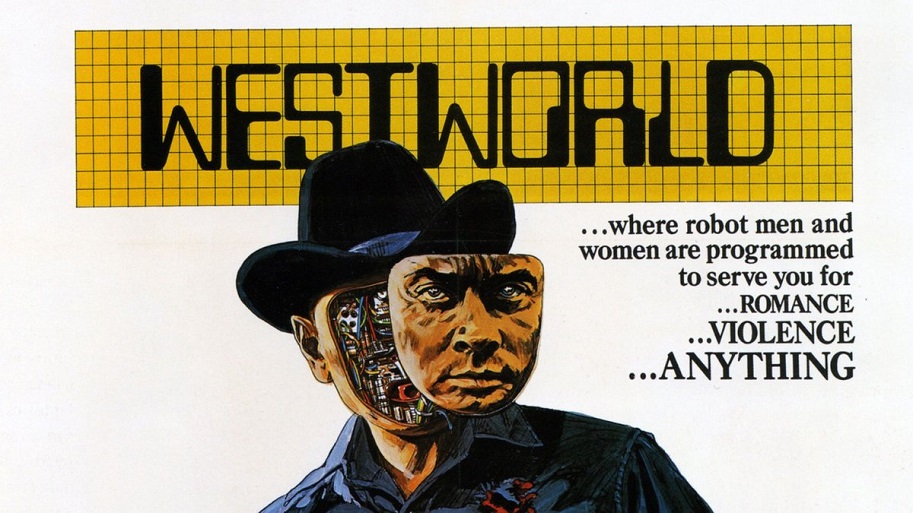


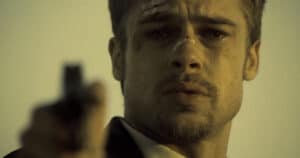

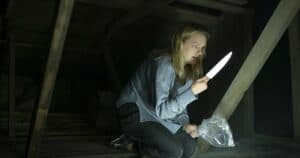
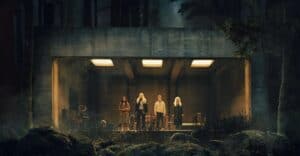
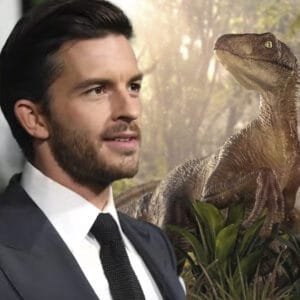
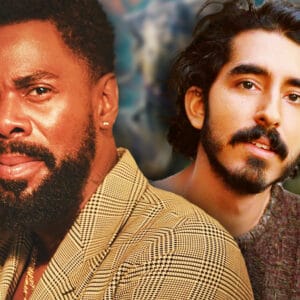
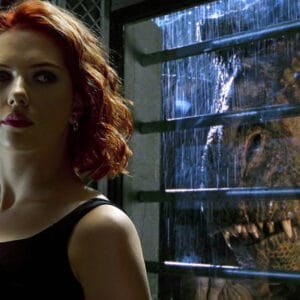
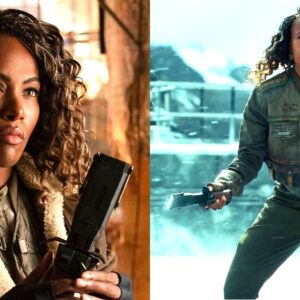
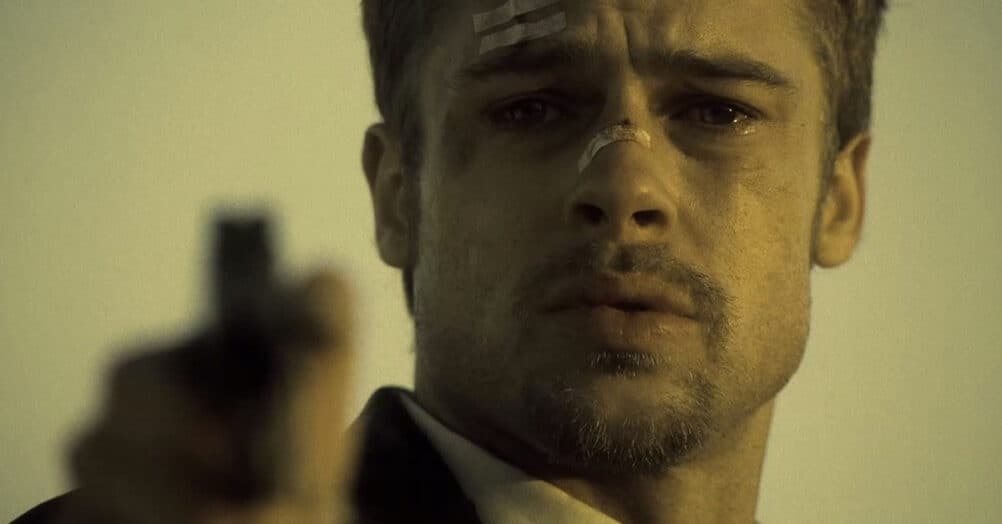

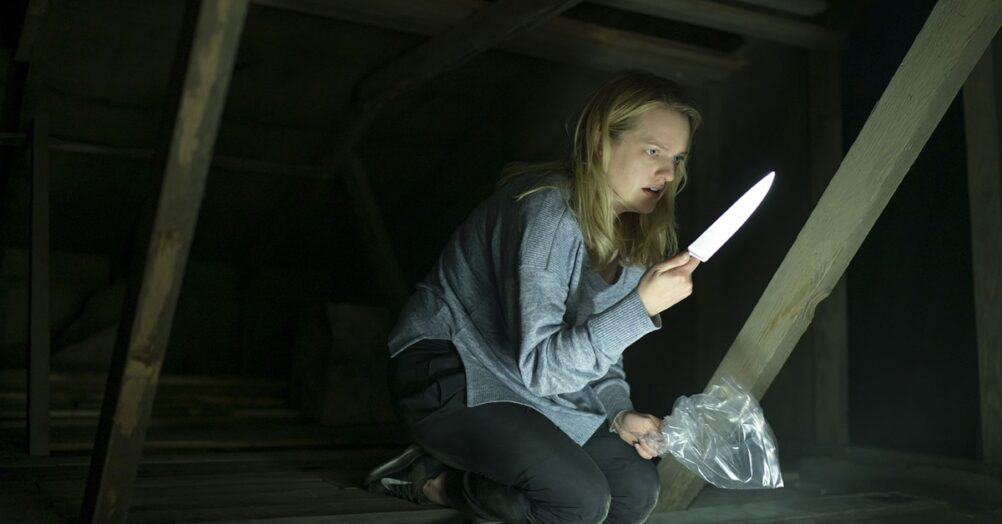

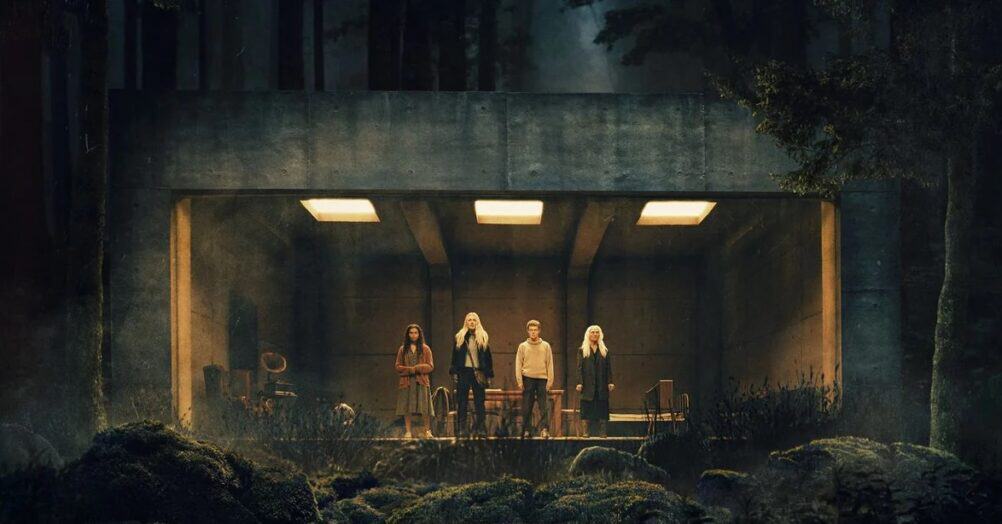
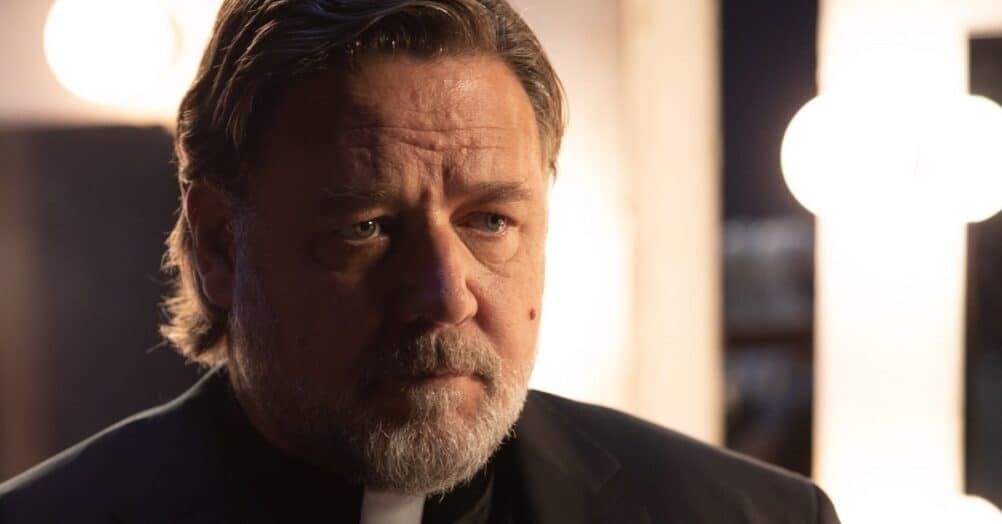

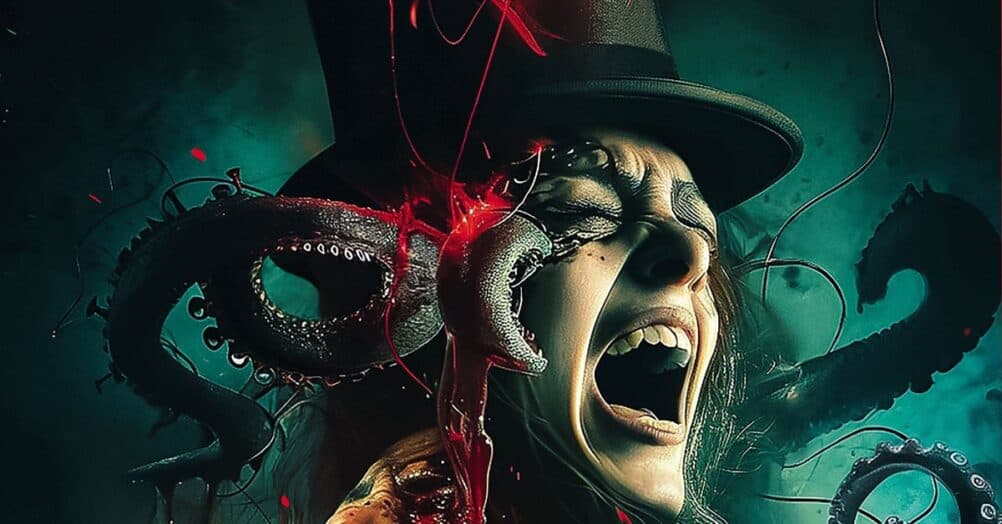
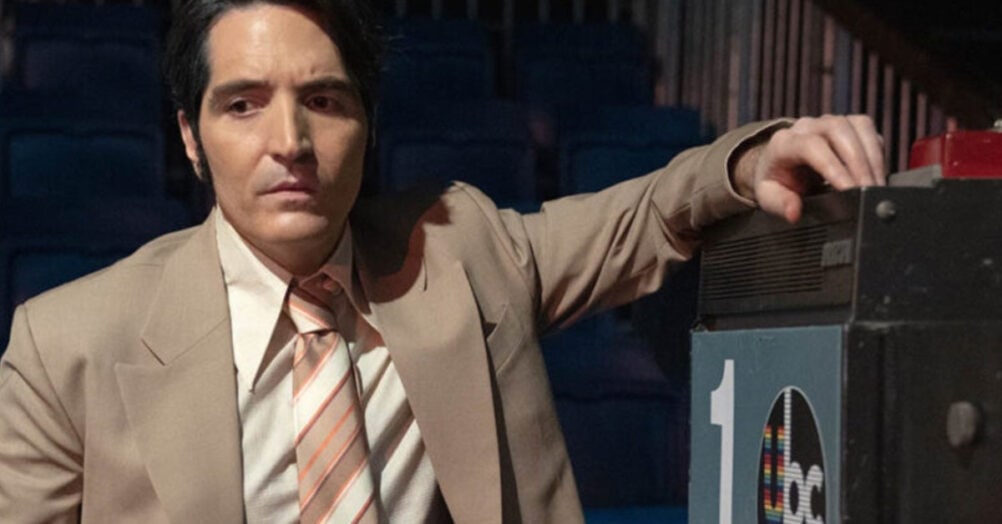
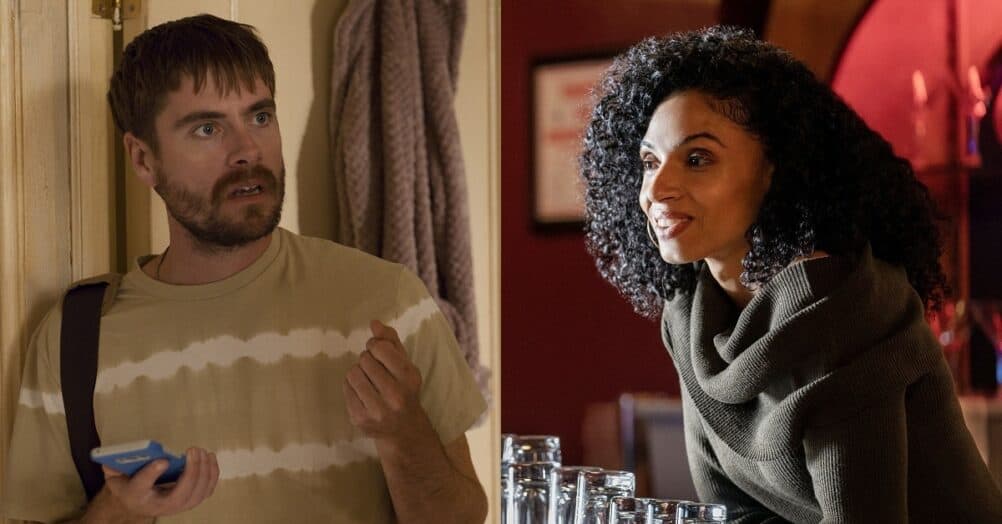
Follow the JOBLO MOVIE NETWORK
Follow us on YOUTUBE
Follow ARROW IN THE HEAD
Follow AITH on YOUTUBE